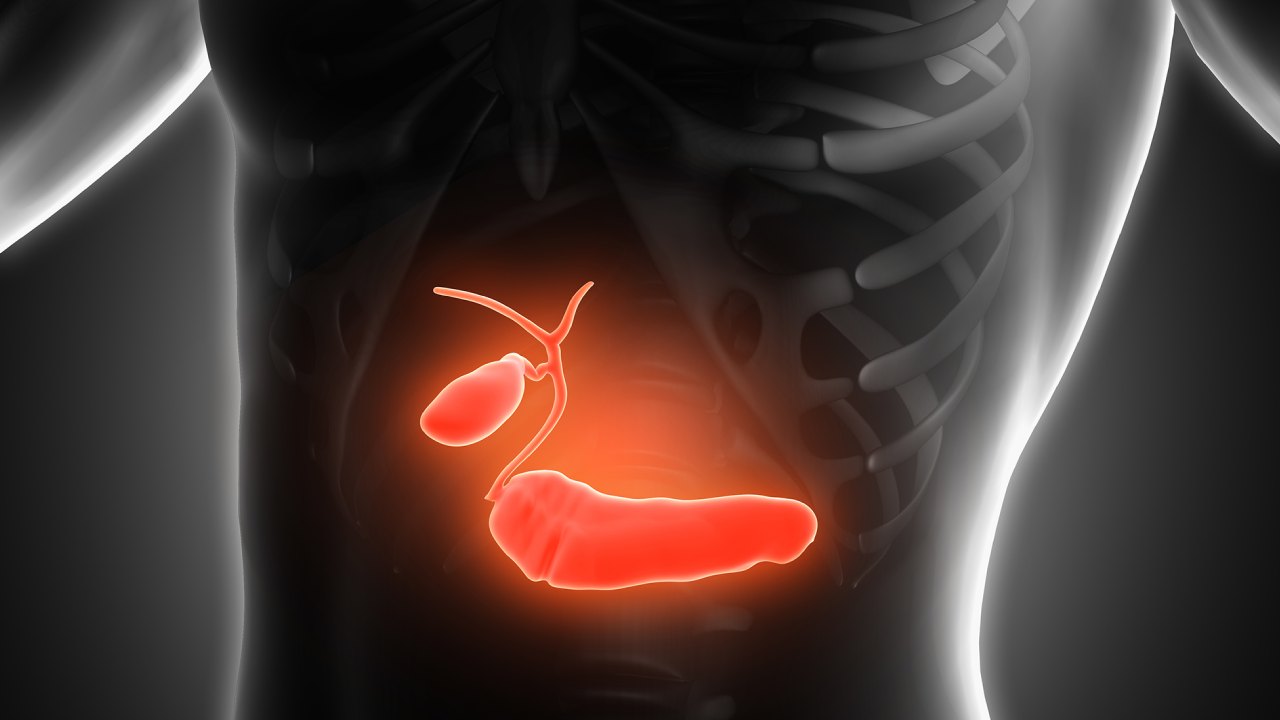
10 Early Signs of Liver Cancer
The majority of liver cancers are actually presenting without symptoms. In fact, they are usually found incidentally on an abdominal ultrasound, CT scan, or MRI for other intra-abdominal diseases. When a liver cancer is causing symptoms, the following are the most common early signs reported by patients.
-
- 1. Right Sided Abdominal Pain:
Liver itself does not have nerve tissue, however a thin layer of envelope covering the liver called Glissonean capsule contains lots of nerve fibers. Abdominal pain originates from a mechnical stretch of these nerve fibers. Therefore, when a liver tumor enlarges and subsequently creates pressure or stretch to the Glissonean capsule, abdominal pain is then reported. It usually feels like persistent dull ache, not related to food intake, and it can radiate to the right back along the ‘bra line’ for woman. Liver tumors which are located close to the capsule (subcapsular) are more likely to cause abdominal pain, while deeply located tumors are less likely to cause pain. - 2. Abdominal Mass or Lump:
Liver tumor or liver cancer can reach a very large size at the time of diagnosis. Patients can feel a right upper quadrant abdominal mass or lump during supine position (lying down). A thorough physical examination by a liver surgeon is therefore an important part of initial evaluation in patients with liver cancer. Obesity can obscure this finding, however. - 3. Right Shoulder Pain:
This complaint is commonly reported by patients with a liver cancer/liver tumor facing or pushing against the right diaphragm. The phrenic vein carries referred pain impulse from the right diaphragm to the right shoulder area. Anything that irritates the right diaphragm can cause right shoulder pain, such as sub-diaphragmatic infection, inflammation, abscess, trauma, and liver tumor. Many patients present to a liver surgeon with a normal right shoulder x-ray with no evidence of bony fracture. - 4. Jaundice:
Yellowing of the eyes and skin as well as darkening of the urine are caused by elevated bilirubin level in the blood. Liver cancer can cause jaundice through several mechanisms. When a large liver cancer is located close to the main bile duct, an external compression or direct invasion to the bile duct can occur. The bile flow is then mechanically interrupted, causing jaundice. Endoscopic placement of a biliary stent can temporarily resolve the jaundice and normalize the bilirubin level. The other way of liver cancer causing jaundice is via diffuse infiltration of normal liver background by the tumor. This is called hepatic replacement by tumor, leading to a terminal liver failure. - 5. Itching:
When biliary duct is obstructed, the bile acid produced by the liver is spilled into the systemic blood circulation causing generalized skin itch. In some patients, the skin itch is so severe and not responding to any medications. Skin scratches are usually evident due to this symptom. - 6. Unintentional Weight Loss:
Similar to other cancers, liver cancer also leads to an unintentional weight loss. Tumor cells produce enzymes which cause loss of appetite, metallic taste, and generalized weakness. - 7. Bloating:
When a liver cancer enlarges to a significant size, it starts exerting pressure to its surrounding organs within the abdominal cavity. A left lobe liver cancer is typically pushing on the stomach causing nausea, bloating, early satiety, reflux symptoms, and upper abdominal discomfort. - 8. Shortness of Breath:
Liver cancer can cause shortness of breath by limiting movements of the diaphragm once it reaches a large size. Liver cancer located on the right lobe can also irritate the diaphragm by causing a localized inflammation/irritation known as sympathetic pleural effusion (fluid collection around the lung), which in turn results in shortness of breath. - 9. Generalized Fatique:
Similar to #6 mentioned earlier, the liver cancer leads to weight loss, fatique, malaise, and failure to thrive. Cachexin is a protein produced by cancer cells causing disturbance to cellular body function in general. - 10. Fever:
Liver cancer can cause an obstruction of biliary tree causing stagnation of bile flow. Stagnant bile flow tends to induce infection called cholangitis. One of the symptoms of cholangitis is fever, which can be as high as 103 associated with chills and rigors. This condition is considered a very serious event, since it carries mortality risk. An urgent consultation with a liver surgeon or a prompt visit to an Emergency Room is mandatory.
- 1. Right Sided Abdominal Pain:
In summary, if you or your family member(s) experience one or several of these symptoms, a consultation with a liver surgeon is necessary to determine the diagnosis. Dr. Iswanto Sucandy and his colleagues see patients with liver cancer on a routine basis. If a liver cancer is diagnosed, minimally invasive robotic liver resection can be considered.


